Nature never fails to amaze us with its incredible adaptations. While most living things would quickly perish when exposed to deadly poisons, some creatures have evolved remarkable defenses. These animals can shrug off toxins that would spell certain doom for others. From tiny insects to large mammals, the natural world is full of surprising survivors. Get ready to discover 15 amazing animals that laugh in the face of some of the most lethal substances on Earth. Before I started researching this topic, I already knew quite a few of these animals, but a couple, like pigs and hedgehogs, surprised me a little.
Golden Poison Frog
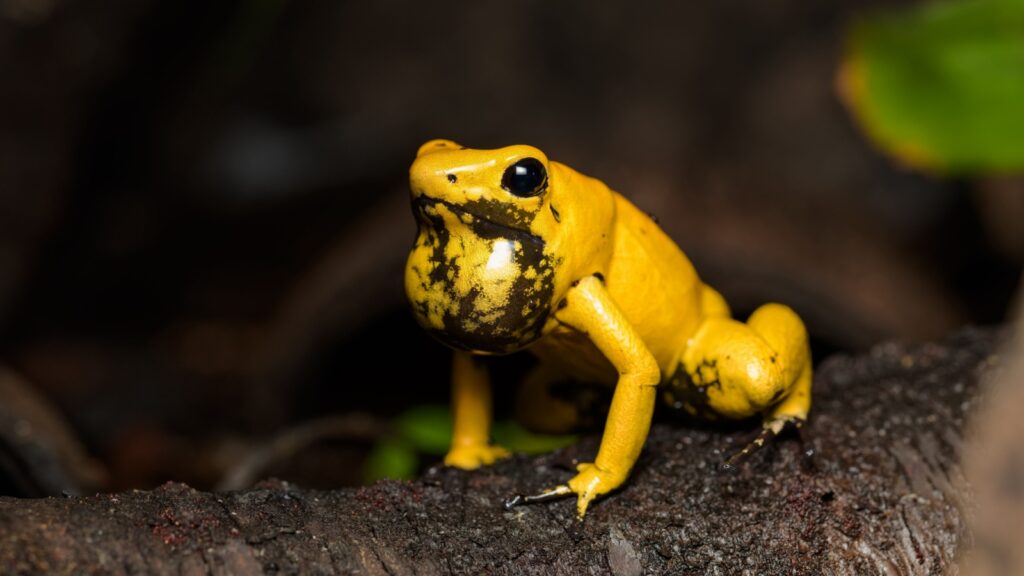
The golden poison frog carries enough poison to kill 10 grown men, but it’s completely immune to its own toxin. This tiny amphibian gets its poison from its diet of ants and other insects. Its bright colors warn predators to stay away, but the frog itself can handle the poison with ease. Scientists are studying these frogs to learn how they resist their own deadly defenses.
Mongoose
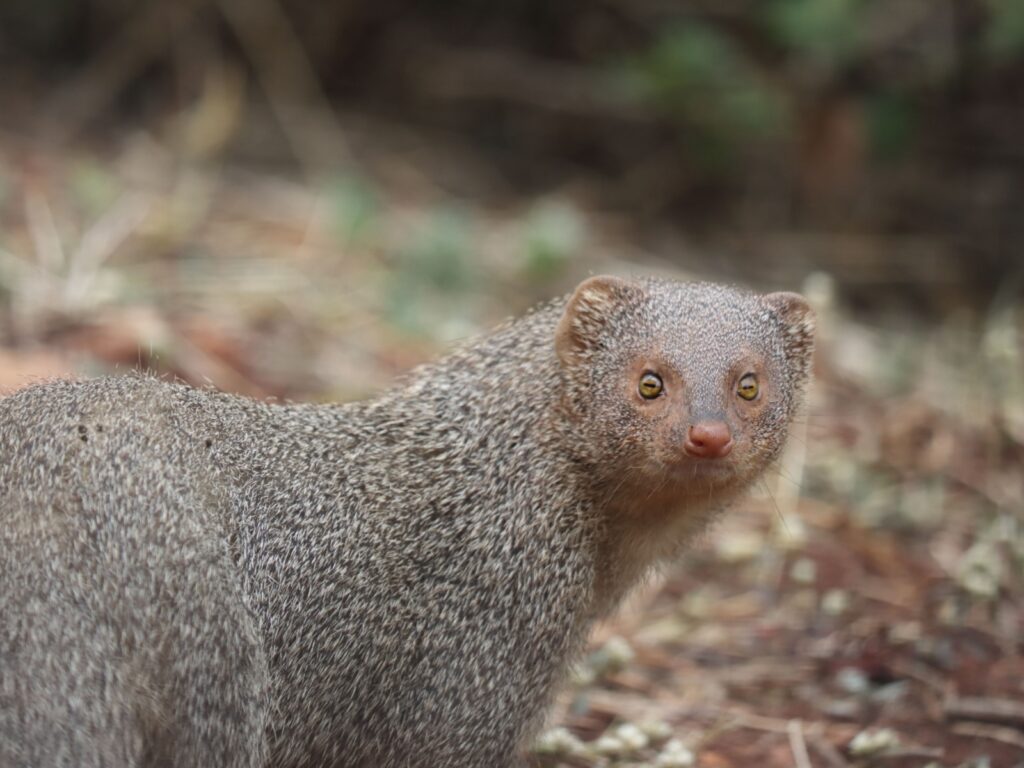
Mongooses are famous for their ability to fight and kill venomous snakes. Their secret lies in special receptors that block snake venom from binding to their cells. This immunity isn’t perfect, but it gives mongooses a fighting chance against deadly cobras and other serpents. Some mongoose species can even survive bites from snakes that could easily kill a human.
Hedgehog
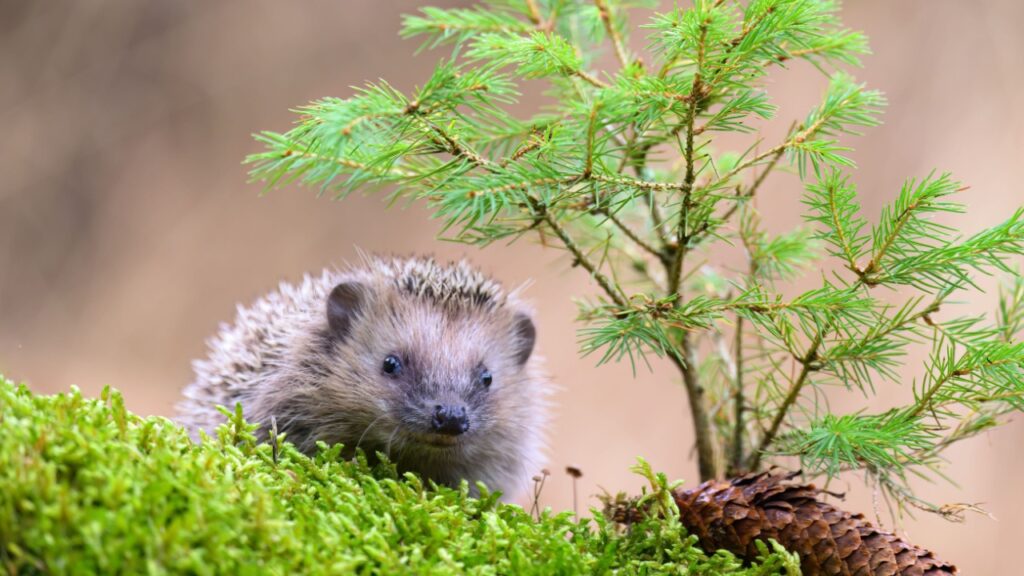
These spiny little mammals have a surprising resistance to snake venom. Hedgehogs can take bites from vipers that would be fatal to much larger animals. Their immunity isn’t complete, but it’s strong enough that they can sometimes eat venomous snakes. This ability likely evolved as a defense mechanism, allowing hedgehogs to survive encounters with dangerous predators.
Additionally, the European hedgehog, which is a distant cousin, has its own poison resistance. It can eat poisonous plants that would harm other animals, including some toads that secrete toxins through their skin. The hedgehog’s liver can break down these poisons, allowing it to safely eat a wide range of foods.
Honey Badger
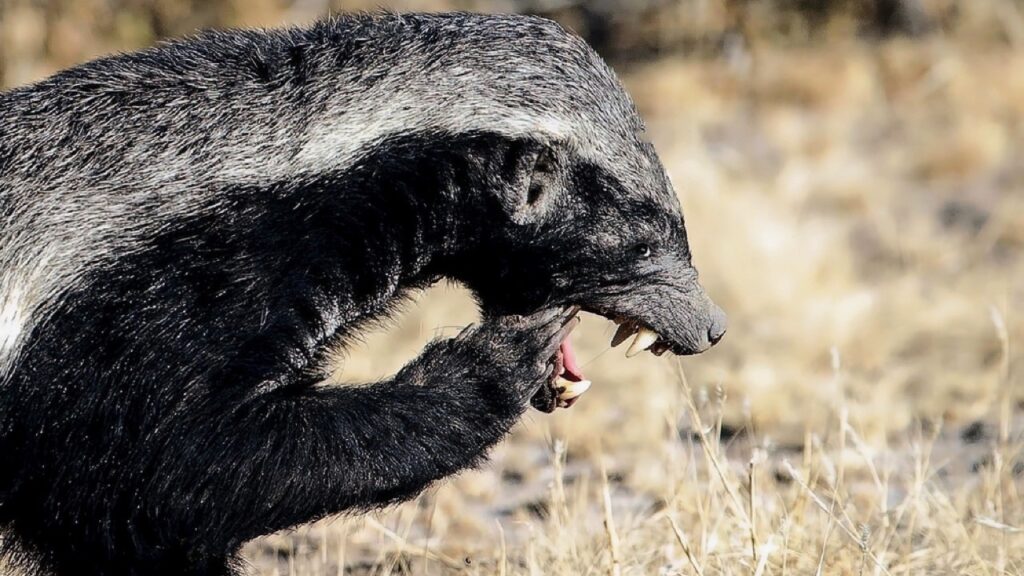
Known for their fearless nature, honey badgers are also remarkably poison-resistant. They can survive bites from some of Africa’s most venomous snakes, including cobras and puff adders. While not completely immune, honey badgers can often sleep off venom that would kill other animals. This toughness, combined with their aggressive nature, makes them formidable predators.
Virginia Opossum
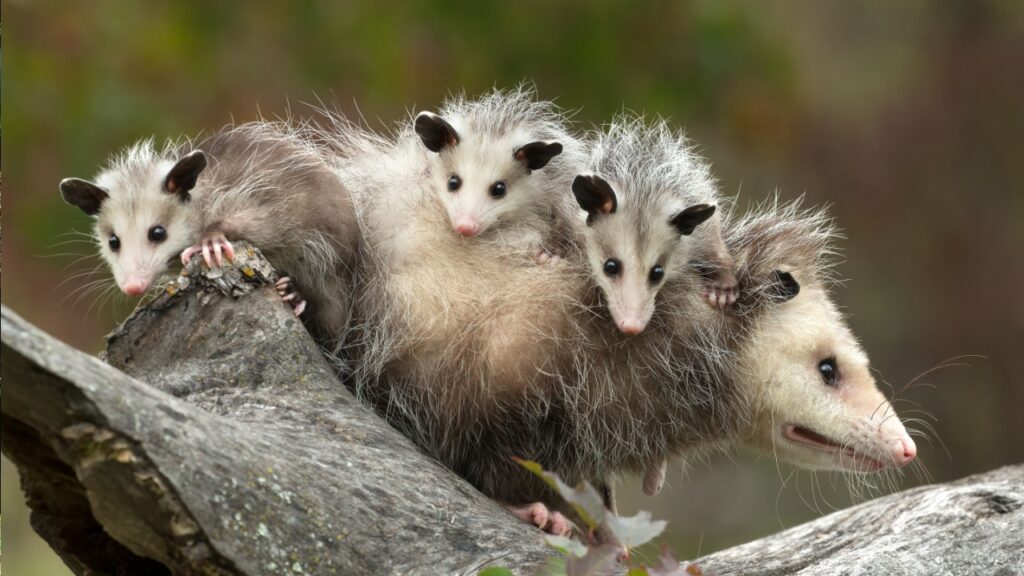
North America’s only marsupial has a hidden superpower. Opossums are highly resistant to snake venom, thanks to a special protein in their blood. This protein neutralizes the venom, making opossums nearly immune to rattlesnake and cottonmouth bites. Their resistance is so strong that scientists are studying opossum blood for potential antivenom treatments.
California Ground Squirrel
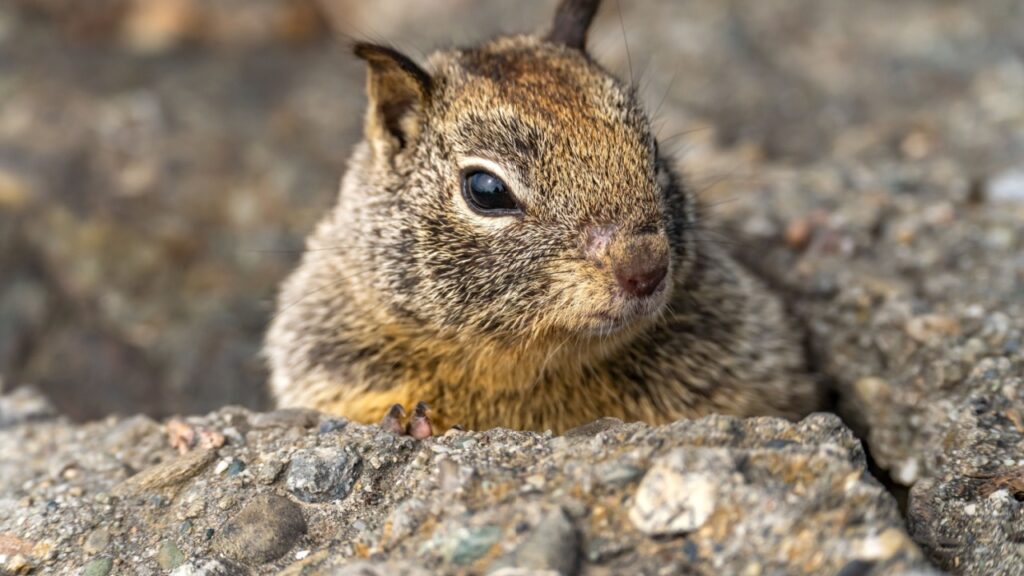
These clever rodents have evolved a unique defense against their main predator, the rattlesnake. California ground squirrels can survive venom doses that would kill other animals their size. They also chew on shed snakeskins and then lick their fur, using the scent to confuse snakes. This two-pronged approach helps them stay safe in rattlesnake territory.
Scorpion
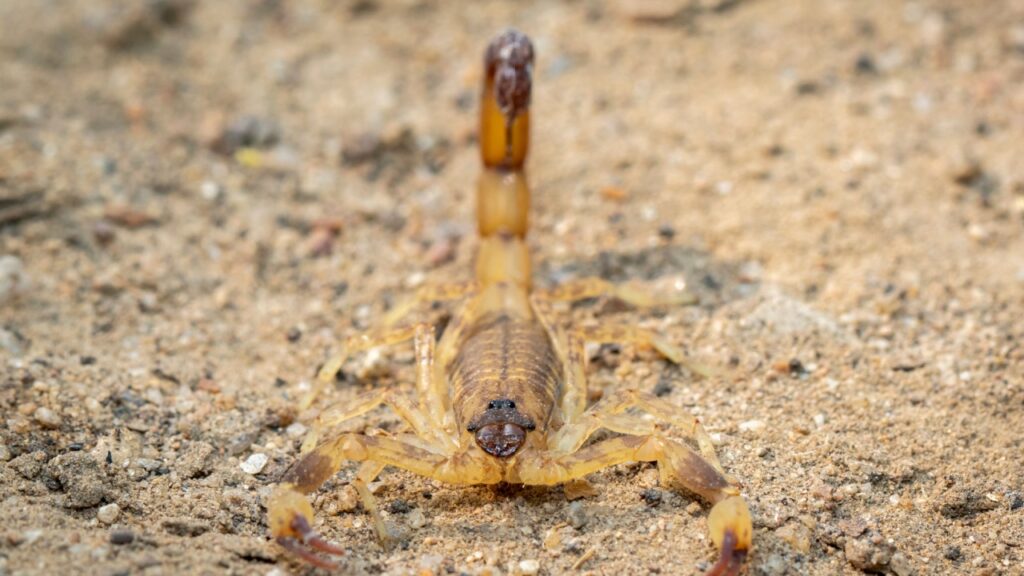
In a twist of nature, many scorpions are immune to their own venom. This protection extends to the venom of other scorpion species too. Their immunity comes from special molecules in their bodies that neutralize the toxins. This self-protection is crucial, as scorpions often sting themselves while molting or fighting.
Asian Tiger Snake
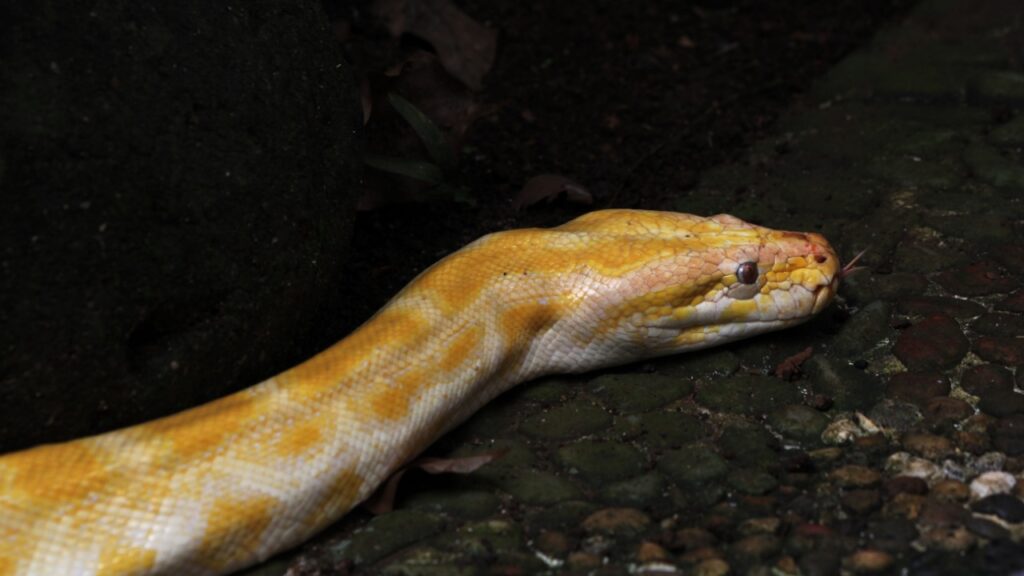
Some snakes have evolved resistance to the venom of their prey or competitors. The Asian tiger snake can eat other venomous snakes without harm. Its body has adapted to neutralize a wide range of snake venoms. This immunity gives the tiger snake a major advantage in its ecosystem.
Grasshopper Mouse
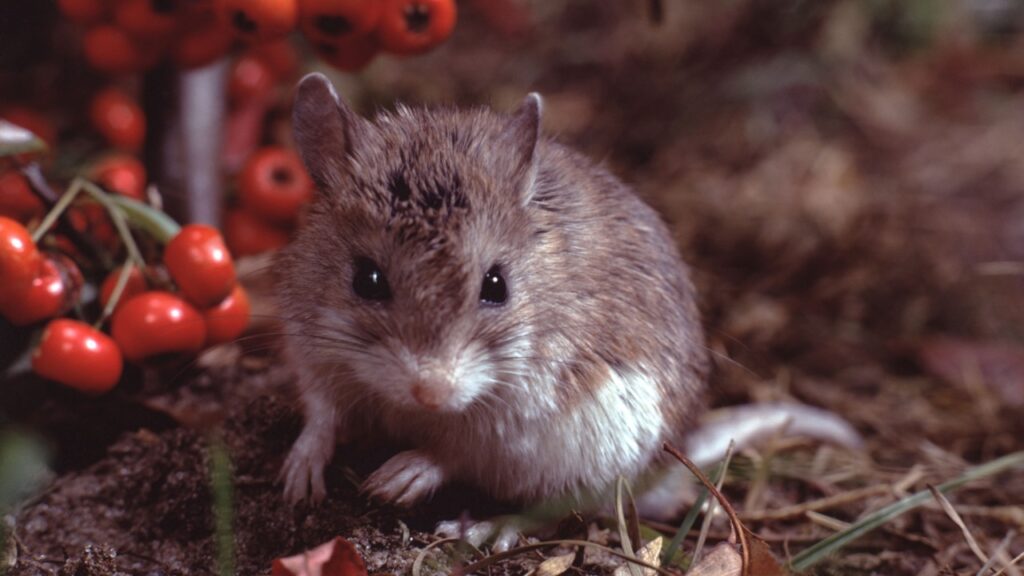
Don’t let its cute appearance fool you. The grasshopper mouse is a fierce predator that can eat venomous scorpions. It’s resistant to scorpion venom, and amazingly, it can turn the pain-causing toxins into a painkiller. This allows the mouse to keep fighting even after being stung, making it a tiny but formidable hunter.
Pig
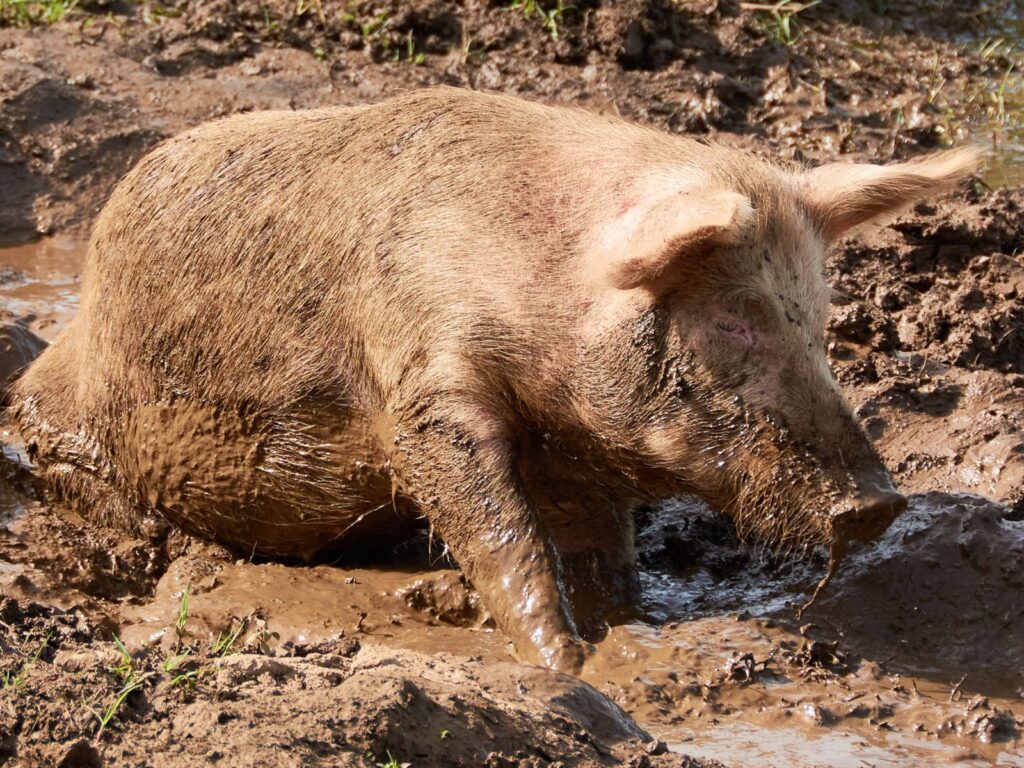
Surprisingly, domestic pigs have a strong resistance to snake venom. They can survive bites from rattlesnakes and other vipers that would easily kill other farm animals. This resistance comes from special proteins in their blood that neutralize the venom. In some parts of the world, pigs are even used to clear snake-infested areas.
Egyptian Cobra

Like many venomous snakes, the Egyptian cobra is immune to its own poison. But it goes a step further, being resistant to the venom of other cobra species too. This immunity allows it to prey on other venomous snakes without fear. The cobra’s resistance comes from special proteins that bind to venom molecules, rendering them harmless.
Hedgehog Tenrec
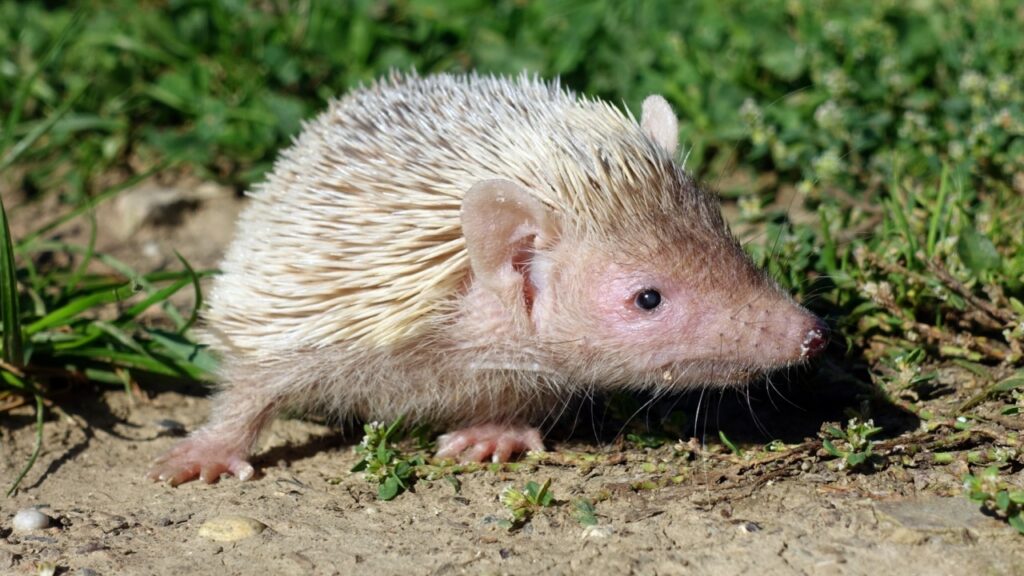
Despite its name, this animal isn’t related to hedgehogs. But like its spiky namesake, the hedgehog tenrec has a strong resistance to toxins. Native to Madagascar, it can eat poisonous millipedes that would sicken other animals. The tenrec’s body can break down the toxins, turning a dangerous meal into a nutritious snack.
Kingsnake
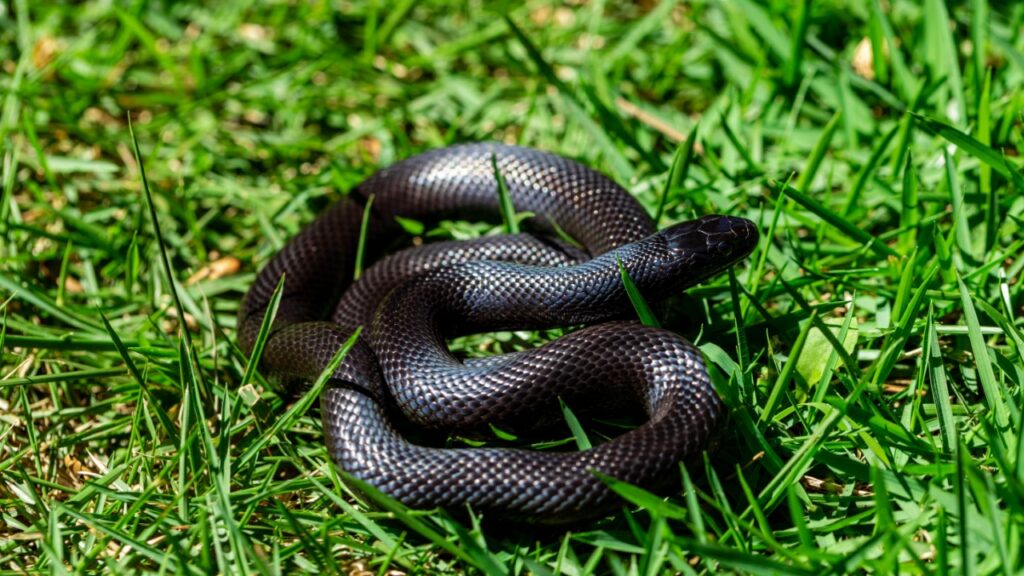
True to its name, the kingsnake often preys on other snakes, including venomous ones. It has a strong resistance to the venom of rattlesnakes and copperheads. This immunity isn’t perfect, but it’s enough to give kingsnakes an edge in hunting these dangerous prey. Their resistance also protects them if they’re bitten during a fight.
Centipede
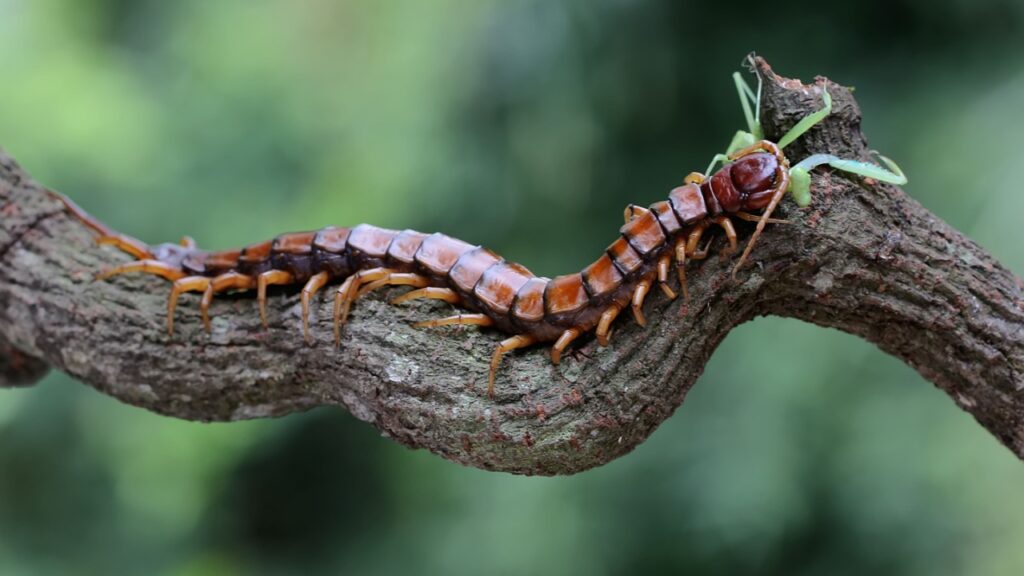
Many centipede species are venomous, but they’re also resistant to a wide range of toxins. This includes their own venom and that of other centipedes. Their tough exoskeletons and specialized internal organs help them break down poisons. This resistance allows centipedes to prey on other venomous creatures, expanding their food options.
Naked Mole Rat
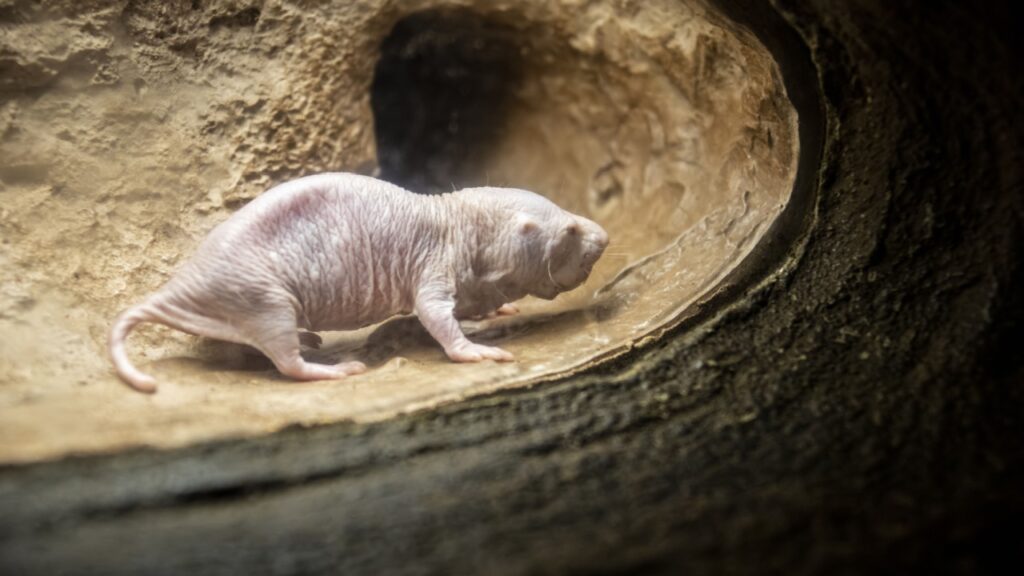
The naked mole rat is a marvel of nature, known for its resistance to cancer and pain. But these strange-looking rodents are also surprisingly resistant to certain toxins. They can tolerate high levels of carbon dioxide that would be lethal to most mammals. This ability helps them survive in their underground tunnels where air quality is poor. Scientists are studying these resilient creatures to understand how they achieve such remarkable feats of survival.
Becky is a fervent wildlife enthusiast and pet care expert with a diploma in canine nutrition. Her love for animals stretches beyond the domestic, embracing the wild tapestry of global fauna. With over a decade of experience in animal welfare, Becky lends her expertise to OutlandishOwl through insightful articles, captivating wildlife information, and invaluable guidance on pet nutrition. Her work embodies a deep commitment to understanding the intricate lives of animals and a passion for educating others on sustaining natural habitats. Becky's hands-on conservation efforts and her knack for translating complex dietary science into practical pet feeding tips make her an indispensable voice for creatures great and small.




